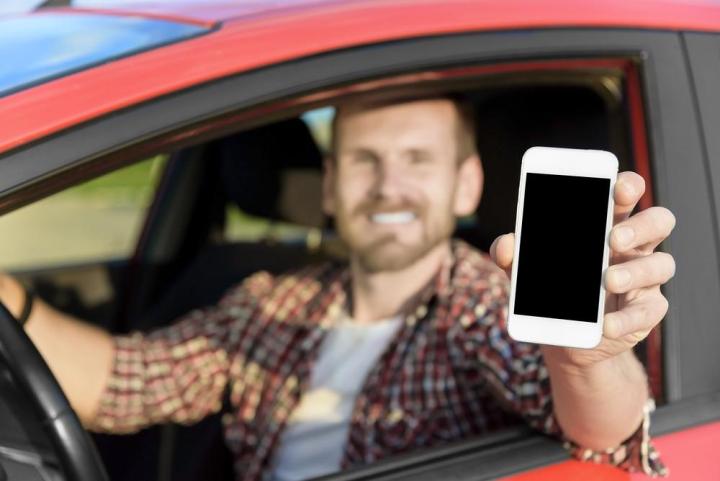
While Uber has “categorically denied claims that its in-app car map does not use real time data to show where drivers are,” researchers Alex Rosenblat and Luke Stark, both researchers at New York think tank Data & Society, beg to differ. More damning than these two testimonies, however, is a statement from an Uber employee, who said called the rider map nothing more than a “screen saver.”
Said the staffer in an email, “The app is simply showing there are partners on the road at the time. This is not a representation of the exact numbers of drivers or their location. This is more of a visual effect letting people know that partners are searching for fares.”
And while this may seem like a hoax, the staffer defended the practice, saying, “I know this seems misleading to you but it is meant as more of a visual effect more than an accurate location of drivers in the area. It would be better of you to think of this as a screen saver on a computer. Once a rider request a trip there will be actual information about the partners [sic] location showing up in the app.”
Of course, this isn’t to say that Uber isn’t trying to make its map more representative of what’s really going on your area — as one engineer noted, “The Uber Engineers are working hard in trying to improve the software for us to be able to have a real-time view of the availability of Uber partners in the area.” But still, the problem with this — for lack of a better word — deception lies in the fact that Uber often charges surge pricing and otherwise leverages shortage of drivers and high demand for rides when it comes to charging its passengers. As Rosenblat wrote for Motherboard, “… by keeping the app’s users in the dark about the accuracy or the limitations of the information it relays currently, Uber may be able to leverage more control over how drivers and passengers interact with the system.”
So the next time you’re in a bind for a ride, don’t be so sure that those black dots on your screen are coming to pick you up — really, they may not exist at all.


